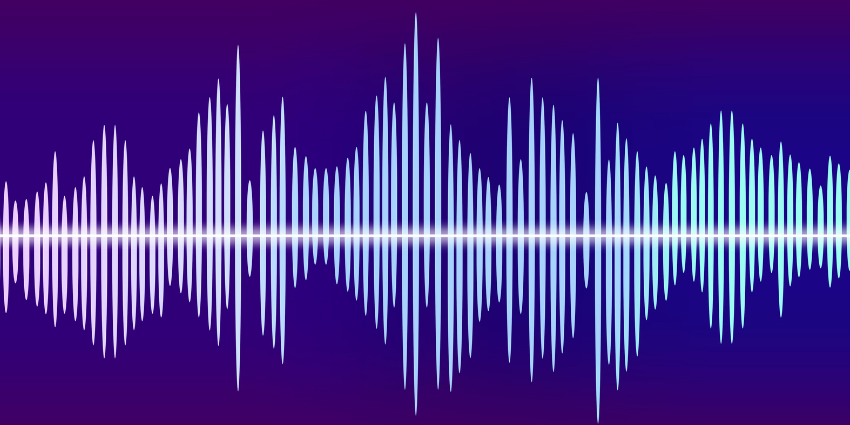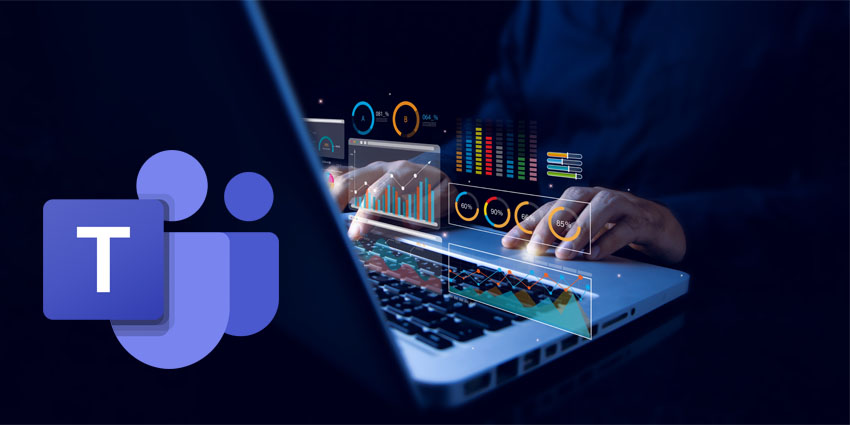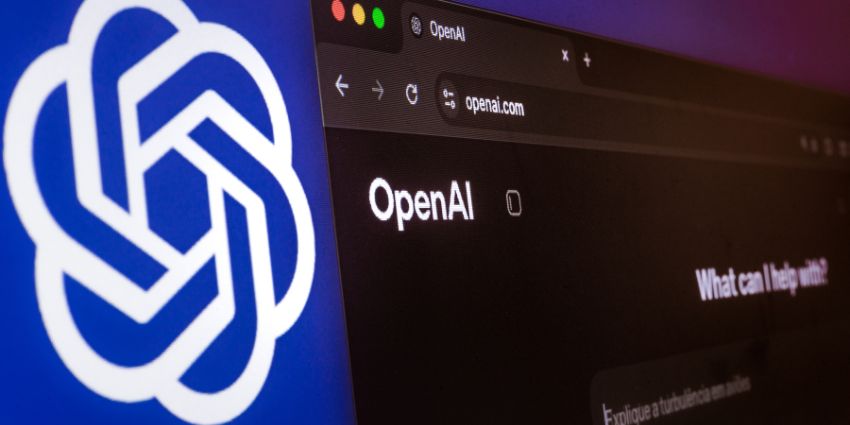Speaker Diarization is the latest innovation by Speechmatics that can process communications by distinguishing different speakers in audio recordings or live events.
As AI-powered transcription and voice recognition become standard in UC, the ability for this technology to competently differentiate between participants in meetings and provide accurate transcriptions is increasingly essential.
Therefore, the introduction of speaker diarization could impact meetings, virtual collaborations, and AI-driven workflows in business communications.
What is Speaker Diarization?
Our brains can easily identify and recognize different voices in crowded and noisy environments, and we can follow the flow of conversation in a podcast or radio show with multiple hosts talking over each other. This ability, however, is difficult for AI to replicate as it often struggles with overlapping voices, changes in tone and pace, or differences in dialect.
Speechmatics has approached this challenge by studying how the human brain processes speech and integrating that into its technology to help it become better listeners.
Speaker diarization is the process of identifying and tracking different speakers in a conversation with a level of accuracy and speed that can mirror human listening abilities. Its technology analyzes speech patterns and distinct voice tones that allows it to track multiple voices and be capable of following conversation.
In industries where every second is crucial, whether for live events, customer service, or medical consultations, this technology can deliver real-time transcriptions with precise speaker labels, transform recorded content into written transcripts, and use AI-driven voice assistants capable of recognizing and responding to multiple speakers.
How Speaker Diarization Can Enhance UC and Voice AI
In virtual meetings, AI-powered transcriptions can provide more accurate captions in real-time through enhanced speech-to-text capabilities that can keep up with the rapid flow of conversation.
Speaker diarization technology can also help boost meeting productivity and searchability, as it creates automated summaries based on individual speaker contributions and automatically attributes speaker labels. This means time won’t be lost deciphering meeting notes, leading to more efficient decision-making as action items and follow-up tasks are automatically linked to the right person.
Voice AI assistant technology is better equipped to navigate discussions where multiple speakers are present. This allows virtual assistants to understand who is talking and respond to questions appropriately and contextually.
Finally, it ensures compliance and security in UC by providing accurate speaker attribution for audit trials and helps organizations meet regulatory requirements in recorded conversations.
For businesses, the benefits of this technology are clear:
- Reduced mistakes in speaker identification and speaker changes lead to more accurate transcripts and improved data quality.
- Real-time speaker tracking increases efficiency and productivity by eliminating the need for someone to transcribe or translate recorded content.
- Enhances user experience by providing captions for broadcasts or virtual meetings, ensuring communication remains clear and accessible for everyone.
The Future of Speaker Diarization in UC
As AI models continue to evolve, speaker attribution will become more precise, improving real-time UC applications and allowing for highly accurate transcripts and insights. For example, during virtual meetings or video calls, real-time speaker tracking will eliminate any confusion over who said what, creating more effective collaboration within teams and better follow-up actions.
Through adopting speaker diarization into UC platforms, the technology will drive better collaboration, automation and meeting efficiency. People can remain engaged during meetings without having to worry about taking notes, therefore making meetings more productive and reducing administrative tasks.
Moreover, the growing integration of diarization with NLP (Natural Language Processing) technologies will enable smarter virtual assistants, helping AI interactions feel more natural and intuitive. The future of speaker diarization, as explored by speechmatics, shows many possibilities, with features such as real-time translations across languages and improved emotional intelligence.
A UC Sphere with Speaker Diarization
Speechmatics’ innovation in speaker diarization is revolutionizing voice AI applications in UC, making transcriptions smarter and business communications more efficient.
As enterprises continue to increasingly rely on AI-powered tools, this technological advancement will be crucial for meetings, improving collaboration, and automation in the future of work.







